6. Aliens (James Cameron, 1986)
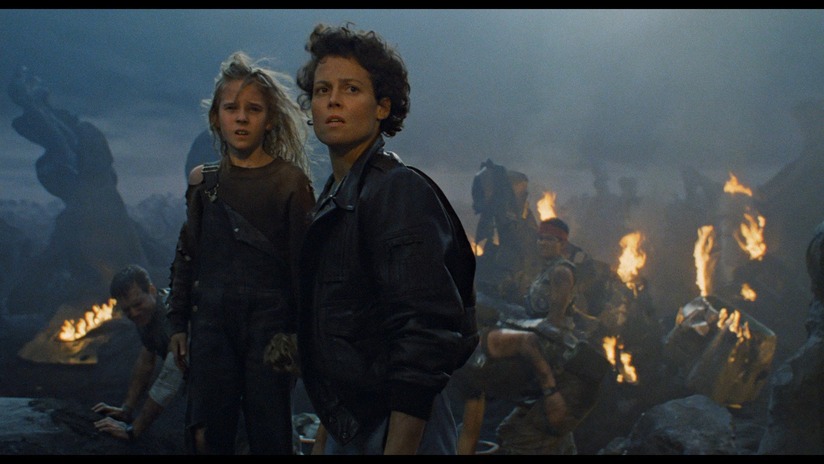
Whether you prefer Ridley Scott’s claustrophobic first film or the action orientated sequel, it is an issue of opinion. However, both films maintain a multi-faceted lore and a terrifying antagonist with Aliens increasing the stakes. Although James Cameron’s sequel on the surface comes across as just a change of genre with Ellen Ripley (Sigourney Weaver) teaming up with a multitude of marines led by Cpl Dwayne Hicks (Michael Biehn) to take down an Alien colony, but in fact Cameron confirmed his film as an allegory for the Vietnam war.
It is easy to glaze over this meaning with aliens being far more menacing to the current population than the Vietnamese, but it was Cameron’s intention for everything about the marines, from tactics, weaponry, attitude and personas to represent the American soldiers in the war.
The Aliens are stealthy, hidden, terrifying to the Marines and although far less advanced than the Marines somehow manage to get the drop on them at every angle. The Marines spread out, confident in their numbers and firepower, including flame throwers and explosives (key tools when the US tried to flush out the Viet Kong from their fox holes) but are cut to ribbons at most turns.
Cameron conveys a deeper meaning of imperialism with the self-righteous attitude of marines, however this attitude dissolves as the marines cannot compete with the Xenomorphs, their conclusion? Destroy it. Although Ripley and Hicks save themselves and Ripley destroys the Queen of the aliens, Cameron felt that this was a semblance of truth as the Vietnamese lives lost were immeasurable despite their win America’s aim still came through: communism did not spread to the East despite all damage done.
7. The Seventh Seal (Ingmar Bergman, 1957)
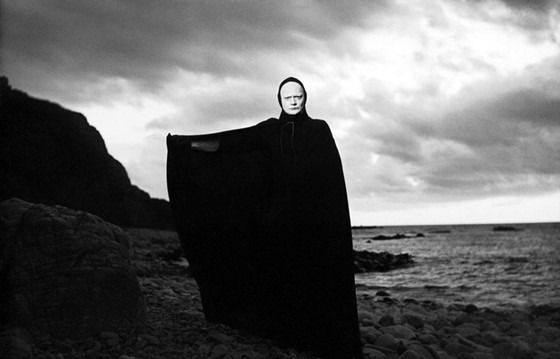
Perhaps Ingmar’s crowning jewel, Seventh Seal is an existential tale that follows a disillusioned knight (Max von Sydow), disillusioned that is about the concepts of faith, religion and god, whom returns to his homeland discovering it in the grips of the black death. Antonius Block challenges death to a game of chess and in its process incurs deep and dark thoughts about philosophy and life.
The film is Bergman’s tool to make viewers consider the legitimacy of religion and faith in higher powers themselves, it is an allegory for this idea in itself as a concept rather than an occurrence and is extremely potent in this aim. We see through Antonius just how cruel life can be, how slow it is and how very unlikely it is for a god to be real.
However, Antonius highlights the human plight for the desperate fear that if there is a god will he be punished in the afterlife. This fear drives Block to do something truly heroic and whatever he can do to live until he has redeemed himself.
Viewers are left questioning faith as Ingmar Bergman’s Seventh Seal presents us with an allegory questioning the very nature of belief.
8. Enemy (Denis Villeneuve, 2013)
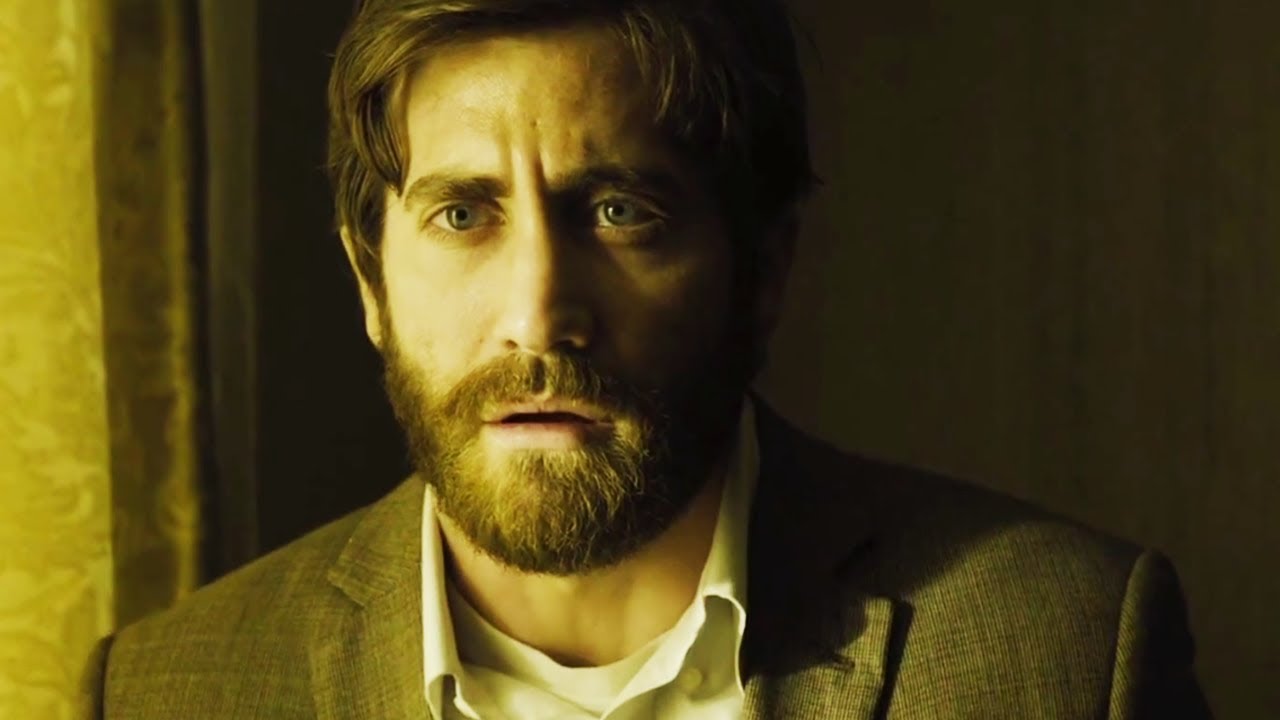
The second of two pairings between Jake Gyllenhaal and Villeneuve, Enemy is one of two recent renditions of the novel The Double by Javier Gullón and follows the lives of doppelgangers Adam Bell and Anthony Clair (both Gyllenhaal). Although identical physically, these two have contrasting personalities and outlook.
Although Villeneuve presents on the surface a loose adaptation of a classic novel, he seeks to explore both philosophical concepts of the subconscious and identity but also utilizes his film as a powerful yet confusing allegory representing life under constant surveillance and the paranoia of the 21st century.
The film’s opening scene; an elaborate sex show whereupon a woman dances almost entirely naked, bar her high heeled platforms introduces us to the first of the two doubles: Anthony. Anthony is seen lead those eager to witness the performance into the cramped and crowded room.
Despite being the first presented of the two ‘Gyllenhaal’s’, Anthony is not explored as a character until later in the film, however immediately he is physically manifested with confidence, style and careful precision: Anthony knows what he is doing and he is aware of his influence upon those around him as the sole holder of the key to enter into this odd Lynchian display of sensuality which all around him so desire.
Viewers are first presented with Villeneuve’s allegory when this image is corroborated with the introduction of the second double. Now Adam Bell is shown to audiences in a contrasting lecture, not so subtly hinting heavily at Villeneuve’s allegory: dictatorships and totalitarian society. We see a shy, uncertain yet well versed lecturer educating a flock of disinterested and very blank students responding with little or no indication that anything Adam says has sunk in.
These lectures are further repeated with examples of Roman manipulation of its people through “Bread and circuses” which is not dissimilar to Enemy’s opening sequence which instead has Anthony’s character use the ideas of sex and fetish to maintain his control and influence of those around him.
As the film continues on, its allegory becomes a faded background message to the film’s overarching exploration of duality between Adam and Anthony and their failure within their relationships respectively. With Adam struggling to understand his girlfriend (Melanie Laurent) and Anthony’s loss of interest and attraction to his pregnant wife (Sarah Gadon), Villeneuve asks us to consider some of the key elements in relationships, lust and empathy.
However, the film expands its use of spiders as symbols for Villeneuve’s more layered meaning. Although easily misinterpreted as a nonsensical dream sequence, the slow methodical pacing of the giant spider over the city skyline searching deep into the city streets and landscape somewhere midway into the film is another presentation of this theme. For in correlation with other key symbols, it reveals of the idea that people are constantly being surveyed by something they are completely oblivious about.
The film’s final and confusing image is left open ended to interpretation and leaves questions lingering in its absence: did Adam stumble upon a secret he shouldn’t have? Was he imaging this? Was her transformation a metaphor for his inability to commit and his fear of women? Each question is intended to make viewers consider another key in this multi-layered and entrancing film.
9. The Master (Paul Thomas Anderson, 2012)
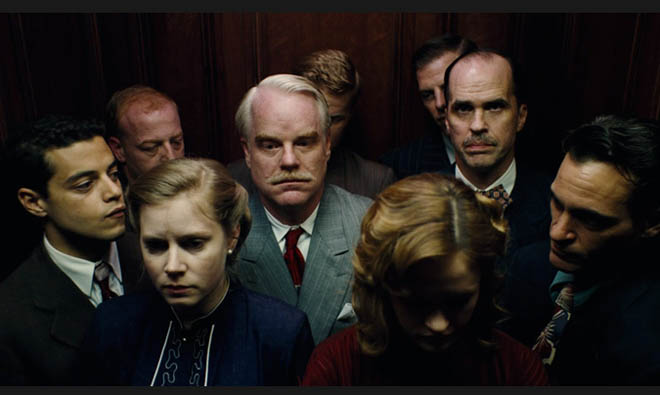
Anderson’s latest cinematic achievement garnered three academy awards all for acting and although reminiscent of There Will Be Blood, this film makes an entirely different statement. Freddie Quell (Joaquin Phoenix) is an alcoholic, sexually frustrated and mentally ill war veteran with no sense of direction or purpose in life.
Meet The Master (Phillip Seymour Hoffman), a charismatic cult leader and his manipulative wife (Amy Adams) whom lure Freddie into their web. Viewers never discover just how pure the Master’s intentions were, but we do know the Freddie falls hard, resists and finally succumbs to the Master and his ‘church’.
Anderson made no secret that his film was an allegory for Scientology and the weak mindedness of common people, the rage of the church was immense but the message still came through. Freddie is given purpose with the cult, the Master changes him irreversibly and so does Freddie upon the Master. The film has no real plotline, only a sequence of experiences highlighting how potent peoples hope and imagination can be preyed upon by religion, but also how fulfilled one can be in finding it.
The cult conveys similar beliefs to scientology, with heavy emphasis on hypnotism to convince others to join the flock, however disbelief in the processing is drawn from real life experiences of scientologists whom could not find themselves ‘entranced’ as others have been.
Although an apathetic character in many aspects, Joaquin’s beautiful performance gives audiences a grounding in what motivates people to find comfort in religion, its struggles and the overwhelming desire to have a place.
10. District 9 (Neill Blomkamp, 2009)
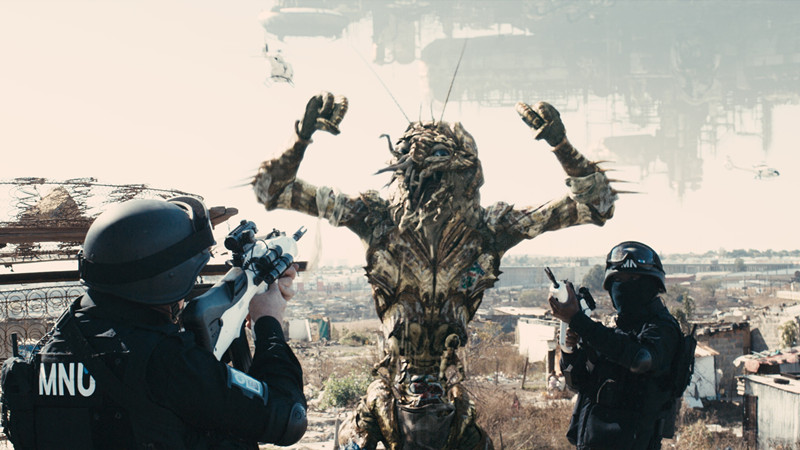
A clear refugee story with a sci-fi narrative, Blomkamp dedicated the film to war refugees in an effort to point out to society just how cruel humans are to those in need. Multi-national United are a company in charge of overseeing District 9, a refugee camp for Aliens seeking shelter from their dying planet, but when a MNU worker (Sharlto Copley) receives a virus from one of the aliens and begins altering into them, his view on their species is altered forever.
Wikus is forced to hide within district 9 as neither friend nor foe to the aliens, he himself becomes a refugee from humanity as they hunt down Wikus, intending to kill him. The message is clear but is often disregarded by viewers as the human race as a whole is presented as malicious and cruel and similar connotations about the decency of human life are found in Blomkamp’s next film Chappie, District 9’s allegory is far more compelling.